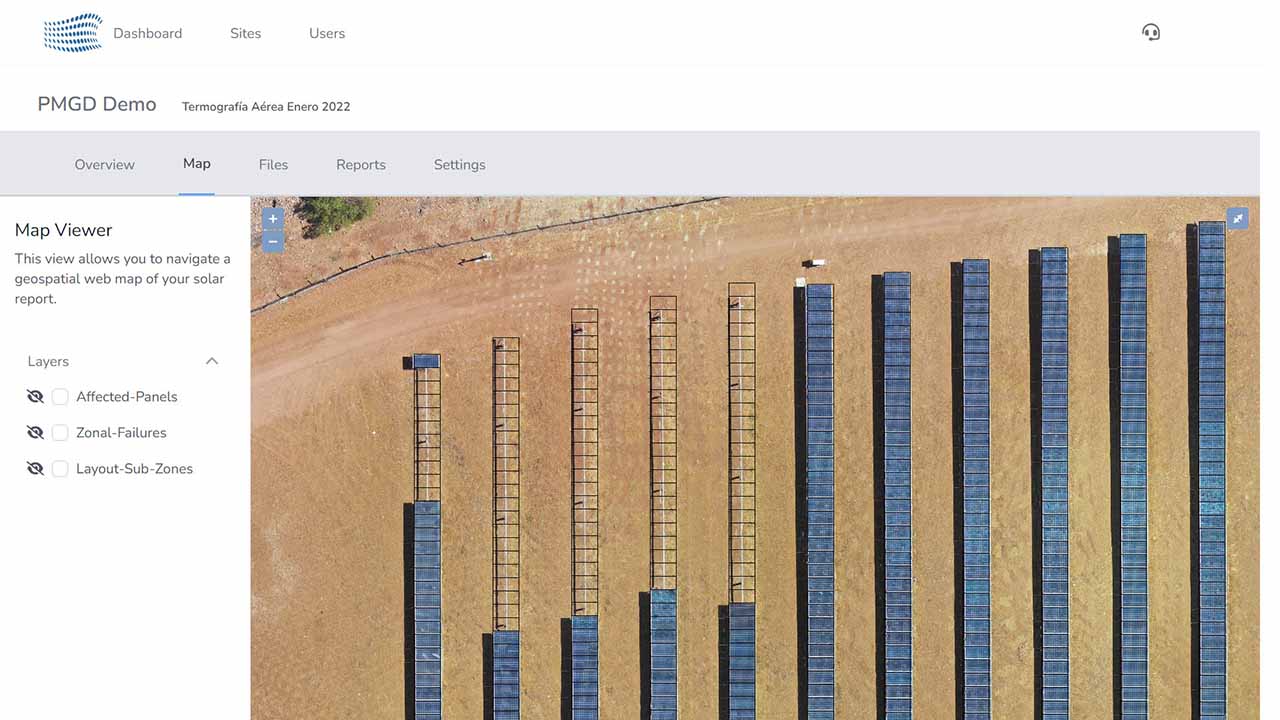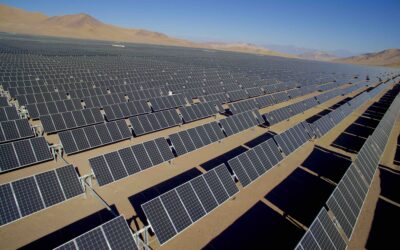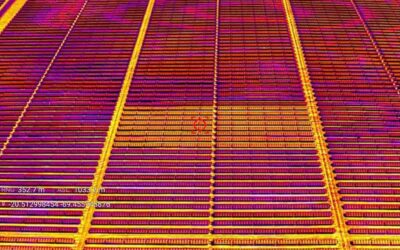With the rise of renewable energy sources, photovoltaic (PV) systems have become a critical component in the worldwide energy mix. Alongside this, however, is the heightened necessity to ensure their optimal functioning and long-term maintenance. In this landscape, warranty claims on PV assets have emerged as an essential protection tool for owners and operators of such systems. And in today’s digital age, aerial drone thermography is transforming this process, making it an ideal way to validate these warranty claims. This article will explore how aerial drone thermography is enhancing the process of warranty claims in the photovoltaic sector.
Streamlined Inspection Process
Traditionally, manual inspections of PV systems, especially large-scale solar farms, are labor-intensive, time-consuming, and often hazardous. Aerial drone thermography, on the other hand, has turned these challenges on their head. Equipped with high-resolution thermal cameras, drones can carry out a comprehensive inspection of extensive solar arrays in a fraction of the time compared to traditional methods.
Drones fly over the PV installation, capturing detailed thermal images that can reveal even the most minor anomalies that may affect the system’s performance. These issues can include defective cells, string faults, or PID (Potential Induced Degradation), which are easily missed in routine visual inspections. The ability to detect such issues early and efficiently is key to substantiating warranty claims, as it provides concrete evidence of defects or inefficiencies.
Enhanced Accuracy
Aerial drone thermography goes beyond simplifying the inspection process; it improves its accuracy as well. Thermographic cameras can capture precise temperature differences in the solar panels, allowing for the identification of hotspots or cold spots that indicate potential problems.
Furthermore, drones can capture images from various angles and heights, ensuring a comprehensive view of the entire PV system. This capability eliminates the risk of missing any potential issues due to human error or accessibility limitations.
Cost-Effective Solution
The economic benefits of using aerial drone thermography for warranty claims are another driving force behind its growing adoption. By significantly reducing the time and human resources needed for inspections, drones lead to substantial cost savings.
In addition, by identifying faults early, drones prevent further escalation of defects that could result in more costly repairs or replacements if left undetected. This aspect is crucial for validating warranty claims as it provides detailed evidence of any underlying issues at their onset, helping to avoid disputes and ensuring warranty terms are honored.
Digital Documentation
The digital nature of aerial drone thermography allows easy documentation and storage of inspection data. This comprehensive record serves as an invaluable resource when making warranty claims. PV owners can use this documentation to demonstrate a history of maintenance and to provide quantifiable proof of defects or performance issues.
In conclusion, aerial drone thermography is transforming the way warranty claims are made on photovoltaic assets. By streamlining the inspection process, enhancing accuracy, reducing costs, and providing detailed digital documentation, this technology presents an ideal solution for owners and operators of PV systems. As the renewable energy sector continues to evolve, embracing such innovative technologies will be crucial to ensuring the long-term viability and profitability of photovoltaic investments.






0 Comments